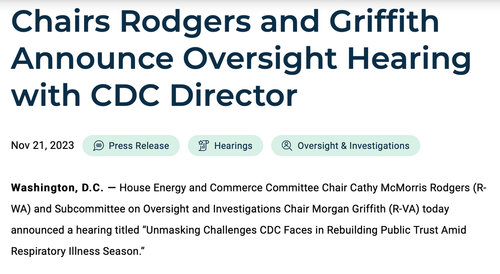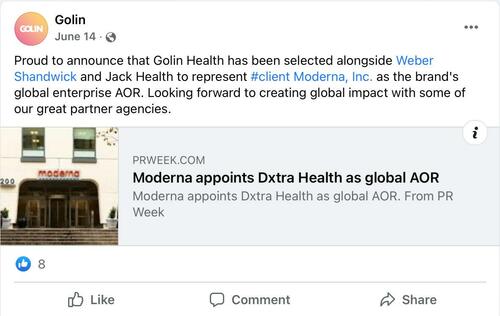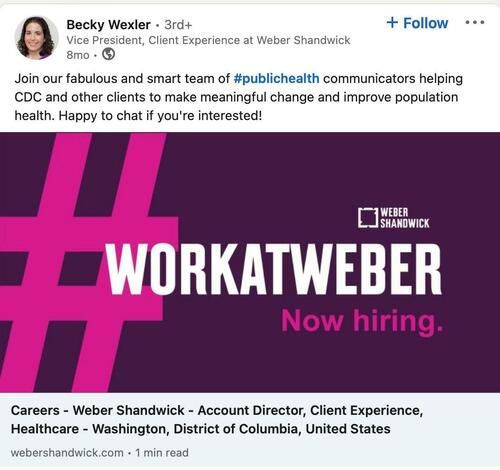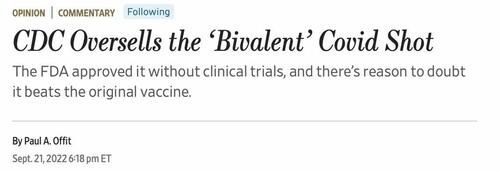We note that Mr. Hank Kissinger, age 100, has paid his debt to nature.
Thus he has put in appearance before St. Peter, heaven’s gate minder.
Being a man of the Judaic faith, he was rather startled to find himself there. Yet there he was.
And so he requested entry.
We have obtained a transcript of their conversation, revealed herein.
HANK: Hello, St. Peter. The Grim Reaper finally came for me. Can you believe it? And so I throw myself upon your mercy, and request entry to the heavenly realm which you guard so admirably.
PETER: There’s a saying on Earth that only the good die young. You lived to be 100. What am I to infer from this? Trust me, I have every intention of giving you a fair hearing. But let me just say it now: If I were a betting man, I would take the “under,” so to speak. And in the present context, “under” carries a literal connotation.
At any rate, let us proceed. Please hand me your dossier (Peter begins thumbing through the document.)
Your credentials are impressive indeed. You advised 12 presidents, and served as national security adviser under Presidents Nixon and Ford. You were also the only person ever to be White House national security adviser and secretary of state at the same time. Your influence over U.S. foreign policy was immense — even to your dying day. I must give you that.
HANK: (With blushing cheeks) Well, I mean, I don’t like to brag or anything, but yeah.
PETER: I see. Let’s take a little deeper look into your career, shall we? Let’s start with the Vietnam War, when you first came to prominence.
HANK: (Hesitant, voice trembling a bit) OK, s-s-s-u-u-u-u-r-e.
PETER: My records indicate that you sabotaged peace talks in 1968 in order to undermine that Johnson fellow. You believed it would grant you a higher position within the Nixon administration. Countless people needlessly died as a result. My records further indicate that you were responsible for mass deaths in Laos and Cambodia.
Let me quote from Rolling Stone magazine:
Every single person who died in Vietnam between autumn 1968 and the Fall of Saigon — and all who died in Laos and Cambodia, where Nixon and Kissinger secretly expanded the war within months of taking office, as well as all who died in the aftermath, like the Cambodian genocide their destabilization set into motion — died because of Henry Kissinger.
Is this true?
Let me remind you: You are under oath. And the penalty for perjury around here — I assure you — is quite severe.
HANK: Well, I mean, I never said I was perfect. Sometimes you have to do some unethical things for the greater good. I believed I was serving the higher good. What’s the saying? If you want to create an omelet, you need to break a few eggs.
PETER: You mean your personal ambition?
HANK: (Looking around, avoiding eye contact, fidgeting,)
PETER: You know what my boss says about killing people, right? Shall I cite the Sixth Commandment for you?
But you’re right. No one’s perfect. Perhaps you redeemed yourself in the following years. Let us see.
In 1971, Pakistan waged a genocidal campaign to suppress the independence movement that resulted in the creation of Bangladesh. Pakistan was an enemy of India and therefore a friend of China.
So you encouraged your boss, Nixon, to look the other way as Pakistani forces raped and murdered at least 300,000 people — and likely many more. Tricky Dick appeared at these very gates years ago. I asked him about this. He said you told him, “We can’t allow a friend of ours and China’s to get screwed in a conflict with a friend of India’s.”
Do you deny this, sir?
HANK: Well, no, but you have to understand the context. It was the Cold War and we were trying to drive a wedge between the Soviet Union and China. It worked and — if I can say it for myself — it represents one of the greatest foreign policy achievements in U.S. history. Again, you have to consider the greater good. We couldn’t let something like Bangladeshi independence get in the way of that.
PETER: At least 300,000 Bangladeshi would disagree with you. I admit, opening up China was a tremendous accomplishment. But at the cost of your soul?
I might further add that you set China forward 50 years. Millions of productive American jobs ended up being shipped over there, creating the Rust Belt. It also vastly expanded China’s military power, which now represents a major challenge to the United States.
I thought you were on the U.S. side?
HANK: You can’t judge me for that. The world I just departed is a complicated place. It involves trade-offs. Don’t make the perfect the enemy of the good. I helped bring millions of Chinese out of abject poverty. Isn’t that, well, rather Christian of me?
PETER: It certainly factors in your favor. And believe me, I understand your world of trade-offs. But I’m a harsh grader. Why do you think I’ve turned away so many kings, prime ministers and presidents over the millennia? But let’s move on.
Oh boy. It appears to get worse. It seems like you perfected your craft, so to speak, in South America.
In 1970, Chile elected a socialist by the name of Salvador Allende. He demanded reparations from the U.S. for appropriating its vast mineral wealth.
Before Allende’s election, you said, “I don’t see why we need to stand by and watch a country go communist due to the irresponsibility of its own people.”
You plotted a coup to have the guy overthrown. In 1973 a military junta took over. A pretty nasty bit named Pinochet took over. He tortured and killed thousands, often in —.
HANK: Now hold on, let me stop you there. Communism was evil — don’t you agree? Wasn’t I on the side of the angels here, by stopping it?
PETER: You’re correct, communism was evil. But the socialist idiot was freely and duly elected. If people want to ruin their own country, isn’t that their God-given right? Isn’t your country all about democracy? It sure likes to talk about it.
I think I know why you were so hot to overthrow that guy. It goes back to all that mineral wealth Chile had and the American corporations that were tapping it. He threatened to cut them off and you weren’t having that.
Am I correct? And remember, this is not an American courthouse. The Fifth Amendment does not apply here.
HANK: Can I plead nolo contendere — no contest?
PETER: You may if you wish. But I must inform you that I will consider your plea an admission of guilt.
HANK: Understood.
PETER: Is this the plea you wish to enter?
HANK: Yes.
PETER: So noted.
HANK: (Nodding slightly, somber in countenance.)
PETER: You know, some guy once wrote a book about you, called The Trial of Henry Kissinger. It basically accuses you of every war crime under the sun. You are aware of that — correct?
HANK: Yeah, well, I can explain THAT.
It was written by this lefty named Christopher Hitchens. Boy, did he have it in for me, let me tell you. The guy was so blinded by hatred for me, it colored everything he wrote.
PETER: Yes, I know this Hitchens character. He appeared in the very spot you stand several years ago. He was an atheist, so you should take some delight in the fact that I turned him away. You can guess where he ended up. I won’t bother telling you.
And — for the record — he was just as shocked as I was that you, a much older man, outlived him by so many years. But hey. It happens.
I nonetheless found his book about you highly compelling. He amassed a considerable amount of evidence which I can only call damning.
And I don’t use the word “damning” lightly given the serious nature of my job. I think you know what I mean.
HANK: Yes, I think I do.
PETER: Well, Kissinger, I believe I’ve seen enough. I’m ready to pronounce sentence (reaches for Hank’s dossier, seizes a stamping tool and stamps the document).
I’m sorry, but the weight of evidence against you is simply too great for me to ignore.
Entry denied! (Hands Hank his papers.)
HANK: Wait, please give me another chance! You can’t deny that I’ve actually done some good in my life.
PETER: I don’t deny it. But I’m afraid the bad you’ve done outweighs it. My decision is final. Bailiff, will you please escort the applicant to the elevator.
HANK: (Being dragged away) No, no, please don’t do this to me! I was just doing what I had to do. Damn you Nixon, look what you did to me!
PETER: Goodbye, Kissinger. Give my regards to Hitchens. You two should get along famously down there…
Brian Maher is the Daily Reckoning's Managing Editor. Before signing on to Agora Financial, he was an independent researcher and writer who covered economics, politics and international affairs. His work has appeared in the Asia Times and other news outlets around the world. He holds a Master’s degree in Defense & Strategic Studies.
https://dailyreckoning.com/kissinger-meets-st-peter/





